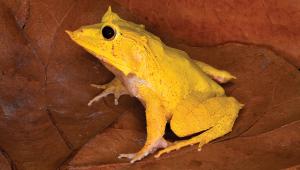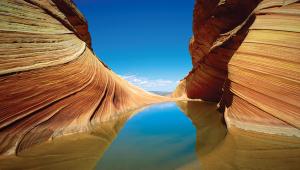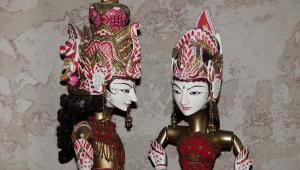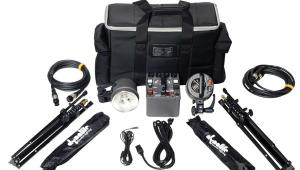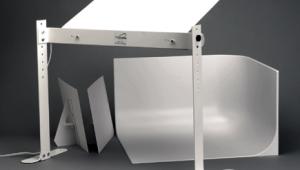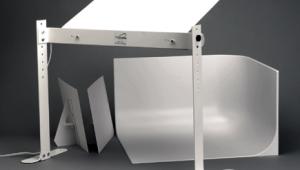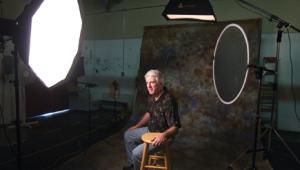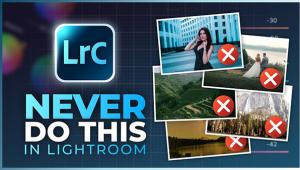Getting Started
Basic Studio Lighting Setups On A Budget
Correct lighting is the key ingredient to producing any photographic image worth a second glance. Outdoors you don't have much control over the light other than to possibly use some type of reflector, diffuser, or flash fill. But indoors, when only artificial lighting is used, the photographer controls all of the lighting. The light can be placed high or low, close for strong and direct light, or diffused for soft, wraparound lighting. Normally two or three or more lights are used in a studio situation to better bring out the features and/or textures of the subject. Purchasing the lights for a new studio can be a challenge and costly, but it can be done on a tight budget of under $1000 if you are careful and choose properly. Selecting a studio light kit can be the best way to start out. Actually, quite good pictures can be made in a studio using one main off-camera studio light by itself, possibly combined with a white card reflector to soften the shadows. However, the usual recommendation for the basic studio lighting kit needed for normal portrait or commercial subjects is three or four light units. Each should have a tilting adjustment for a light head and a light stand. You will also want to get either a flash or ambient light meter (the latter is needed for incandescent hot lights) to determine the correct exposure. Typically, the lights will have equal intensity or power, though the third light often can be weaker since it is normally used as a background or hairlight. Depending upon the subject/situation, the background light might have a short stand since it is often placed 2-3 ft off the floor to illuminate the background only. But, for some types of portrait lighting it's often suggested that the third (or hairlight) be placed on a higher stand and be directionally controlled by an add-on device called a snoot, which confines the coverage to a smaller circular area of the hair, thus does not spread over the subject's shoulders. |
|||
Studio Flash Setups Strobe And "Hot" Lights |
|||
Battery Vs. AC Power Modify The Light Other umbrella reflectors usually have a metallic or reflective white surface into which the light is directed then bounced back toward the subject (e.g., the light head is pointed away from the subject into the reflector). Nearly all electronic flash units have a built-in slave electric eye, which will sense when the master flash is fired, and in turn will fire along with the other units, all in perfect synchronization with the master flash. Thus only the master flash, normally positioned near the camera, has to be connected to the camera via a sync cord to fire when the shutter is tripped. This saves having excessive wires cluttered around the light units other than the AC power supply cords. The larger, more expensive electronic flash units typically have a small circular flash tube with a modeling light bulb in the middle and a built-in cooling fan. This type of flash often accepts interchangeable reflectors, which can alter the spread of the light output for different subjects. Some lights have a wired or infrared remote control with which you can adjust power level and turn the flash on or off from a distance. This can be a decided advantage when the light is placed inside a large softbox high off the studio floor. This type of equipment, however, is considerably more expensive, so it does not fit into the budget category of this article. |
|||
Monolights Lighting Kit Startups Once you get started with lights, what else might you need? To properly equip any studio you will also need some background paper, which is available in many colors in 107 wide (or wider) by 12 yard long rolls. If narrower rolls are needed they can either be sawed into two 4.5 ft long rolls or sometimes purchased in narrower 53' by 12 yard rolls. Single and multiple pole background stands are available, or the paper can be just tacked to the wall. For some subjects you will need a soft material for background such as background in a bag offered by several firms. Either a tripod or a wheeled studio stand will be a major asset since for most subjects you will not want to move the camera about much. So, with a kit of lights and a few other accessories, you can have a business or home studio ready for use anywhere AC power is available in minimal time for minimal bucks. Manufacturers/Distributors |





